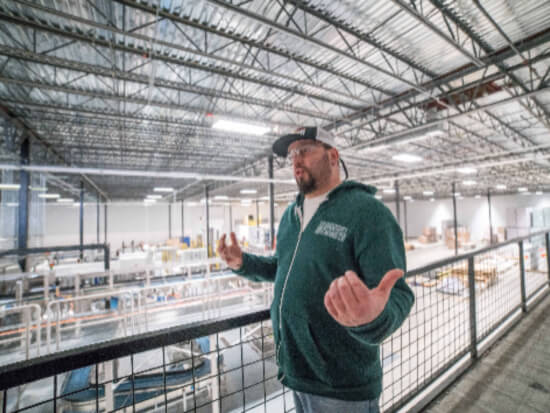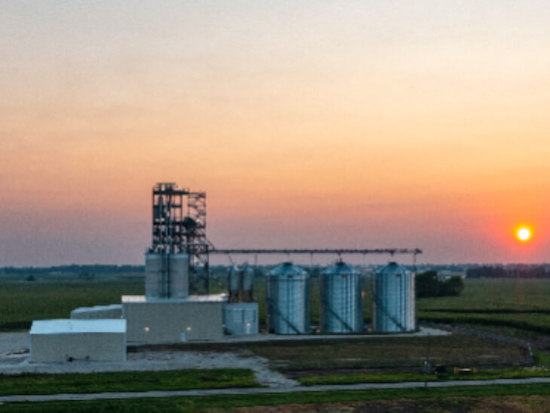
I. Site Selection
1. Address: the growing environment of cattle and sheep is suitable for plains, mountains and other places where pasture grows and water is sufficient.
2. Land conditions: Choose land with fertile soil, good drainage, and no disturbing factors such as stray dogs.
3. Distance from the market: Choose a place with convenient transportation and close to the market for transportation and sales.
II. Feed management
1. Feed: The feed for cattle and sheep should be high-quality green feed, such as alfalfa, corn grass, etc., and also need to be supplemented with concentrated feed, such as corn, soybean meal, etc.
2. Stocking density: According to different breeds and age groups of cattle and sheep, the stocking density should be appropriately controlled to ensure their comfort and healthy growth.
3. Water source: Keep drinking water clean and fresh to avoid contracting diseases.
4. Disease prevention and control: Strengthen disease prevention in cattle and sheep, do a good job in vaccine immunization, and timely detect, isolate and treat sick animals.
III. Breeding management
1. Reasonable breeding: According to market demand and production area conditions, rationally select fine breeding cattle and sheep, and make full use of genetic advantages to obtain higher output value.
2. Reproduction technology: Cattle and sheep can be reproduced through natural mating, artificial insemination, etc. It is necessary to master the basic techniques of reproduction and do a good job in breeding management.
3. Newborn care: Newborns need to be kept warm, dry, clean, drink plenty of water, and have their umbilical cord disinfected to ensure healthy growth.
IV. Management
1. Economic benefits: Ensure scientific feeding and management, improve output value and quality, and increase economic benefits.
2. Sales channels: Choose appropriate sales channels according to local market demand, such as wholesale markets, supermarkets, e-commerce platforms, etc.
3. Management mechanism: Establish a sound breeding management system, standardize operation and management, and promote the development of the breeding industry.





